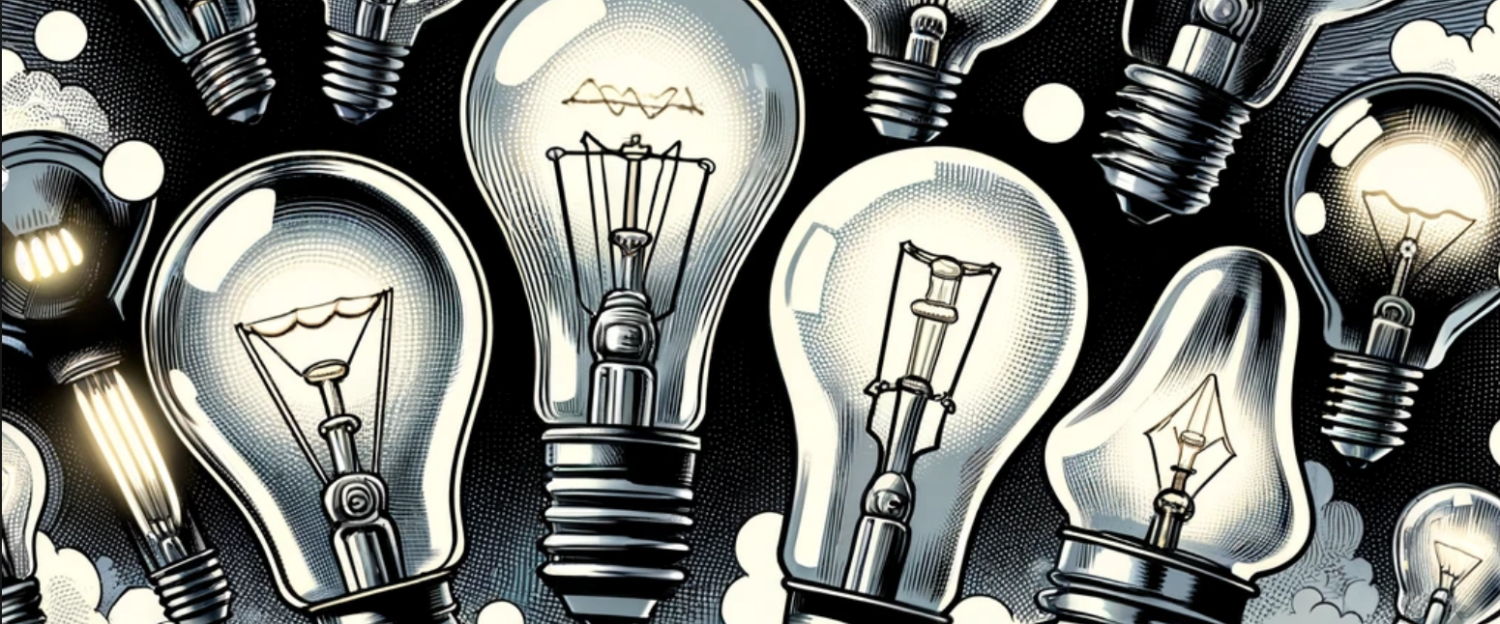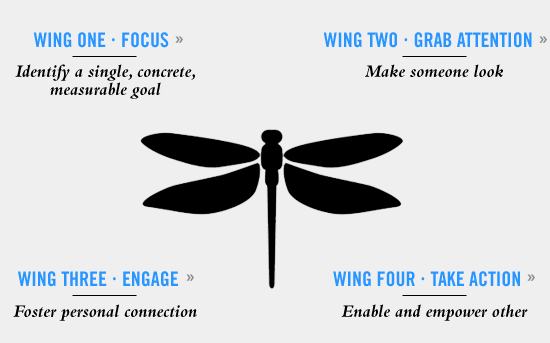Community engagement is grounded in creating healthy and productive relationships with constituents. I use the term constituents to more fully include all the individuals, groups, communities, organizations and government agencies that an organization may be in relationship with and therefore needs to engage with.
Like all healthy relationships, relationships with constituents are grounded in and impacted by communications. Communication is the art and practice of sharing information, thoughts and feelings. Exemplary communication includes deep listening, accurate understanding of content and emotions and clearly sharing out information in a way that builds and supports the relationships between the constituents and the organization.
Relationships and communication can be more than just engaging. Community engagement is not an end in itself. By engaging community we can begin to change attitudes, beliefs and behaviours. In fact it has been suggested that being in relationship and using respectful communication are the most effective routes to change attitudes, beliefs and ultimately behaviours. There are several bodies of research that inform this theory.
Tribal Leadership
In the book Tribal Leadership, (free audio version of the book) authors Dave Logan, John King and Halee Fischer-Wright report out on a decade’s worth of research into organizational and by extension, community culture. They outline five stages of culture that they refer to as tribes. A stage one tribe is made up by the people we generally see in the criminal justice system. Tribe members can be identified by listening carefully to their conversations. The authors suggest that a stage one tribe member will repeatedly say, in one way or another, life sucks. This is a tribe whose members have given up hope. They behave according to the belief that the world is an inhospitable place, other people cannot be trusted and that they themselves have little or no value or a place in the world. It is possible to move a member of this tribe to a stage two tribe by exposing them to the possibility that others experience the world differently.
A stage two tribe rallies to the call the my life sucks. There is an important distinction between these. Life suck is hopeless whereas my life sucks acknowledges that life can change. There is hope in this stage.
Groups like AA are prime examples of how people can move from stage one to stage two tribes. A person struggling with alcohol or drug abuse who is introduced to a group people in recovery can recognize that there is hope and that change for the better is possible.
Continuing with the AA example, once an individual is in stage two they often move into stage three while in early recovery. Stage three tribes are the hallmark of early recovery and many professional groups. Stage three tribe members are egocentric and repeatedly send out the message I’m great. For those in recovery who don’t fall prey to relapse because of overconfidence there is the possibility of moving into stage four.
Stage four is where we find many non-profit organizations and those who have connected with AA sponsors and committed to a support group. Their mantra is we’e great. Members of this tribe have committed to a shared set of values and behaviours. The groups goals have become their own and they are connected to multiple people who share those goals. Great things can be accomplished at this stage but it is not the end of the journey.
Stage five tribes are unfortunately not well represented in our society but they do exist. The Truth and Reconciliation hearings in Africa are perhaps the most well known representation of a stage five tribe. These tribes are completely value driven and the theme most represented is that life is great. The ego found in stage three tribe members is nonexistent and the competition that still existed between groups of stage four tribes gives way to group behaviour guided by the greater good.
The authors of Tribal Leadership set out a clear road map to help people move through these tribal stages. The cornerstone of their map is based on using leverage points and creating triadic relationships. The authors suggest that using nudging language and creating triadic relationships is the most effect way to help move people from one stage to the next.
Historically non-profit agencies have been the third member of the triadic relationship between the person at stage one or two, offenders, folks impacted by drug or alcohol abuse, and community members. My contention is that by making this more explicit and strategic there should be an increase in the efficacy of the strategy. (See David Logan’s Ted talk about Tribal Leadership excellent and short overview)
Model of Change
Supporting this theory is James Prochaska’s Transtheoretical Model of Change. In this theory Prochaska postulates that change in behaviour occurs in a predicable set of stages. Further he suggests that there are specific events or interventions that can help move people from one stage to the next. In this case we are using the community’s non-supportive beliefs and behaviours as the problem behaviour.
Stages of Change
- Precontemplation ? “people are not intending to take action in the foreseeable future, and are most likely unaware that their behaviour is problematic”
- Contemplation ? “people are beginning to recognize that their behaviour is problematic, and start to look at the pros and cons of their continued actions “
- Preparation ? “people are intending to take action in the immediate future, and may begin taking small steps towards change”
- Action ? “people have made specific overt modifications in their life style, and positive change has occurred”
- Maintenance ? “people are working to prevent relapse,” a stage which can last indefinitely”
- Termination ? “individuals have zero temptation and 100% self-efficacy… they are sure they will not return to their old unhealthy habit as a way of coping”
I would love to do a (research) project where the objective would be to educate the community about these theories of how people change and use the theories themselves to elicit change in community member’s beliefs about how people change and their behaviours around the support of social justice initiatives.
Connected
Echoing this line of thought but looking at it from a network theory perspective is Connected the book. Authors Nicholas Christakis MD, PhD, MPH and James Fowler, PhD suggest that their research into social networks demonstrates that it is an individual’s position in a social network that has the most impact on behaviour. They say that those on the edge of pro-social networks are the most at risk in multiple domains.
This is a belief that if adopted by community members would make it more likely that they would embrace opportunities to engage with and assist those at the edges of mainstream social networks. In addition the authors provide a model to facilitate behavioural change within networks by identifying and utilizing people and groups that have the most influence on the network as a whole.
The Dragonfly Effect
These works offer a framework for understanding and assessing large groups whereas this next work speaks specifically to “how” to illicit change of behaviour in groups. Co-authored by the husband and wife team, Jennifer Aaker and Andy Smith The Dragonfly Effect provides a guide to using social media to drive social change. Their reproducible models combine principles of design thinking and psychological research to create a map that if followed promises to lead the user to not just community engagement but to action.
The Dragonfly Effect Model
There are many, many other brilliant pieces of work that can inform and guide this line of thought and potential activity. One example, Peter Block‘s Community – The Structure of Belonging represents an emerging theory of community engagement and facilitating change in larger groups. His Abundant Community site has loads of great information and resources.
This is very much a working draft but wanted to get it “out there”.



1 thought on “Thoughts on Community, Engagement & Change”
Comments are closed.